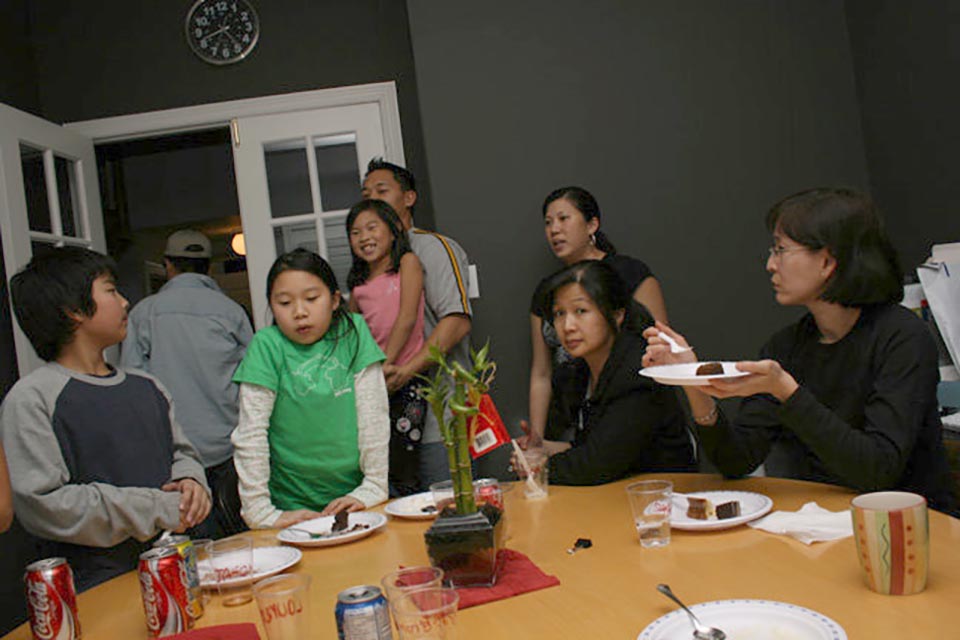
There is absolutely nothing metaphysical about photography. Taking photos invokes only physical laws, and there is no camera yet invented that can get inside your mind and then work out what you want to get as a final result and then go and get it for you. God never even owned a Box Brownie.
I was reminded of this after lending my camera to a young lad at a social function. It was a high range bridge camera with a fish eye to the other side of the moon zoom lens and the usual on-camera flash of one candlepower on a good day with a following tailwind.
The function was not even half way through when the likely lad appeared at my elbow and with a conspiratorial whisper asked for another memory stick as the one in the camera was now full. Full? Impossible I thought, as the memory stick I had given him was good for about two hundred shots at least. Had he moved the controls to ‘continuous’?
As I did not have another memory stick at that time (which I should have had, I agree) I suggested I delete a few images to free up enough space, and began looking at what he had taken and what could be safely deleted. The first trap for young players was evident. He would take one shot and find it was not good – lighting, posing, backgrounds or whatever – and then promptly take another exactly the same. No change in position, focus or subject. And guess what? He got another shot exactly the same, and just as bad as the first. If his trigger finger was itchy, he would even take another two!
Running further through the images he had numerous shots that were taken from too far away. Tiny people making up less than 10 percent of the total frame. Another group of eminently useless pictures. Another batch of deletions.
But it did not end there either! At some stage he must have turned off the flash and did not turn it on again when he took the next group of shots. Being an indoors event at night there was enough ambient light to make it possible to get an image, but only at a shutter speed that would need the camera bolted to a very sturdy tripod. These next shots were classic camera shake, combined with fuzzy people subjects as they would move during the exposure, which was probably at least several seconds. I have found that most people do move during even two second exposures, unless they are dead, of course.
Starting to despair, I moved on through the recorded images, and the best was yet to come! Our photographer had realized that perhaps he should use a flash, so turned it on again and began clicking. This time he also made the subjects fill the frame, an improvement on the 10 percent from before…but! The “but” was that instead of his walking in close, he just made use of the camera’s zoom lens. Now, if the lighting had been adequate, this can work, but when the subject is actually 20 meters away, and the flash can only reach seven meters, it is not going to work, is it! It might look all hunky-dory in the viewfinder, but the brightness in a digital camera viewfinder is not necessarily what the final result will be.
The upshot of all this was two usable images out of half a 2GB memory stick. Yes, two usable images.
Now I should not be too harsh on the lad, he is after all, just an enthusiastic amateur, but enthusiasm alone will not give satisfactory results.
Here are the ‘rules’ to make sure you get a better percentage of winners in such circumstances. The first rule of photography is to walk several meters closer and make the subject fill the frame.
The second rule is to ascertain the coverage of the flash and make sure the subject is within range.
The third rule is to use a tripod if you are taking shots under adverse lighting situations without flash.
And finally, don’t repeat bad shots, correct the problem before you shoot again.
 |
 |
 |





